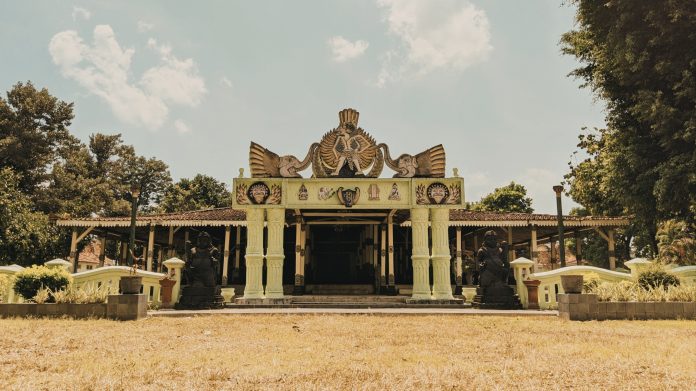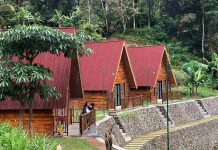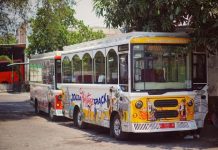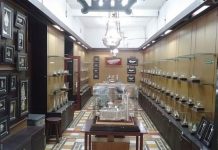The founder of Wayang Kekayon Museum is Soejono Prawirohadikusumo. The inspiration of this museum was obtained when he studied in Gronigen, Netherland in 1966-1967. At that time, a director of Rijksmuseum of Amsterdam said that it would be a big mistake if there was no wayang museum in Yogyakarta and establishing a privat museum wasn’t about the richess or money, but it was about motivation, perseverance, and patience.
The concrete exemple of that case could be found in the spirit of a civil servant in Purworejo that has a really great motivation and patience in collecting somethings valuable which is given to National Museum in Jakarta. This civil servant isn’t a billionaire. But for dozens year, he bought some collection from his rest salary. His success in collecting something precious causes by his perseverance, his patience, and his strong motivation.
So that director’s statement has already inspired the Soejono Prawirohadikusumo to build wayang museum in Yogyakarta. After passing a long time about a quarter century, Wayang Kekayon Museum was finally established and inaugurated by Paku Alam VIII on January 5th 1990. This museum beguns to fully operate 1,5 years after its inauguration.
The Complex of Wayang Kekayon Museum is divided into :
• Wayang museum that consist of a unit of auditorium (a place where we can get the information about the origin and the classification of wayang) that has nine unit of showrooms that display many kinds of Wayang in Java, the region out of Java, and also from foreign country.
• The main building that has typical Javanese architecture.
• History in the Garden which contains the constructions present the Indonesian history, Austronesia effect, Hindhu’s era, Majapahit era, the islamist influence, dutch colonial, Kartasura, Mangkubumi, and Japanese colonial era, until the moment of the proclamation of Indonesian Independence
• Garden and mini fores that become the living environment used to protect and conserve flora and fauna.
The living environment complex of Kekayon becomes a site and also another way to do the parascolaire activity in learning about loving the nature and national culture. Suited to the quotation on the gate of the living environment complex of Kekayon which is: Kekayon (7), Siaga (8), Angsti (9), Wiyata (1), this quotation tell us that the living environment of Kekayon is ready to give us an education. The number of that year (1987) indicates the year where the construction of the buildings in the complex of the museum has been done.




